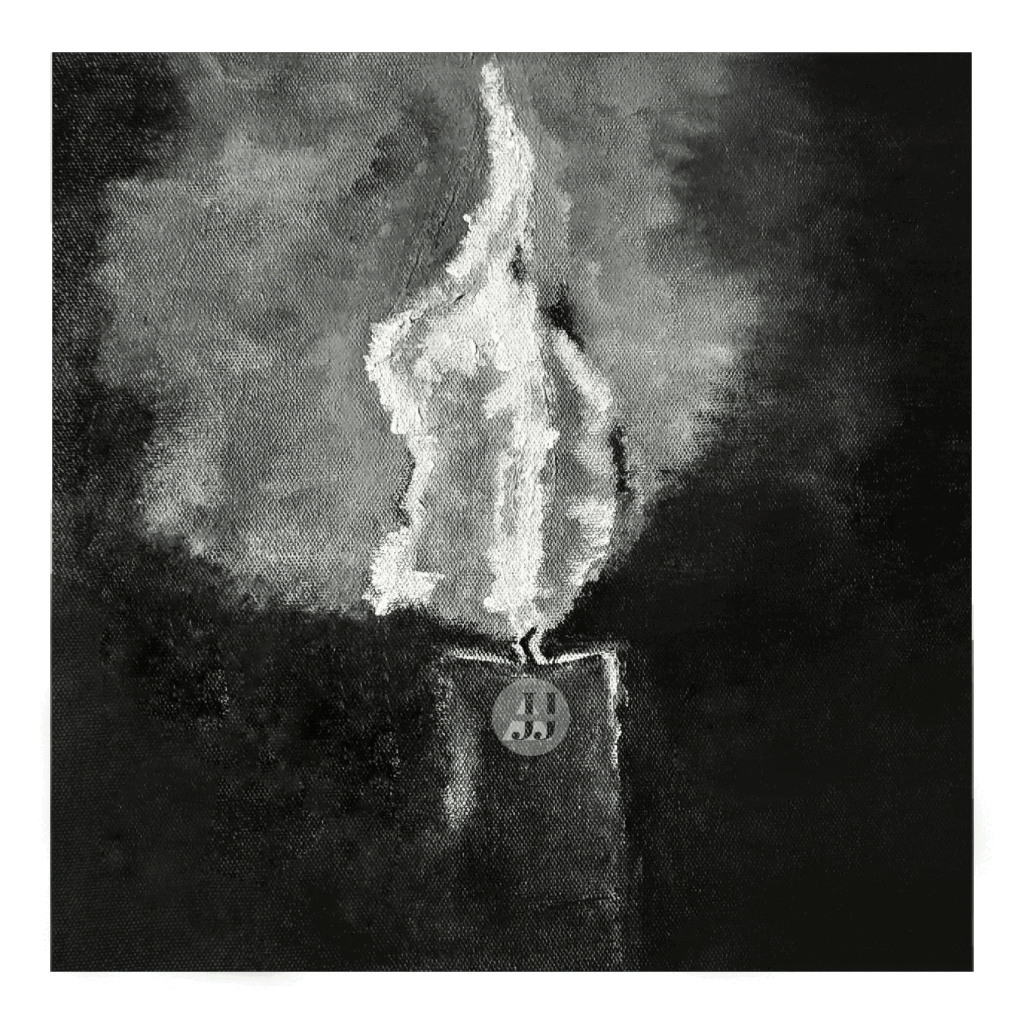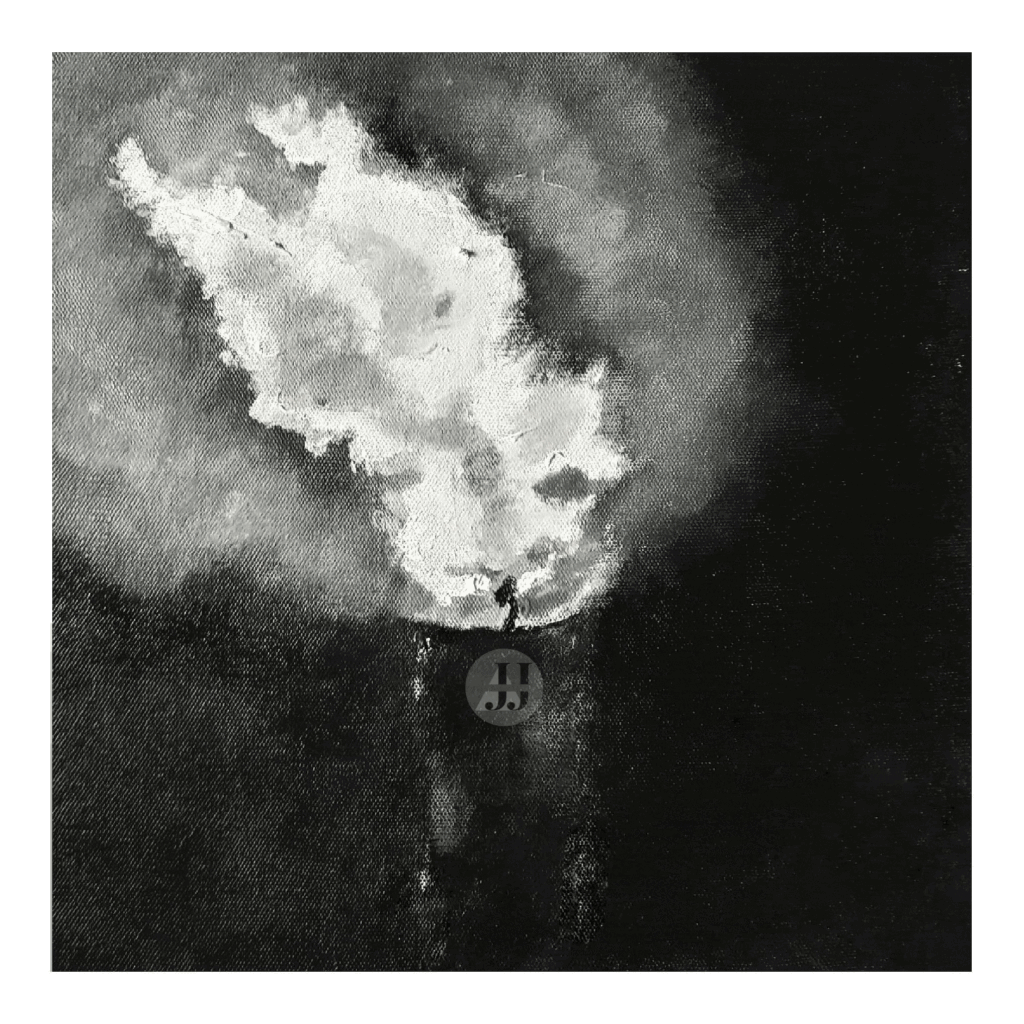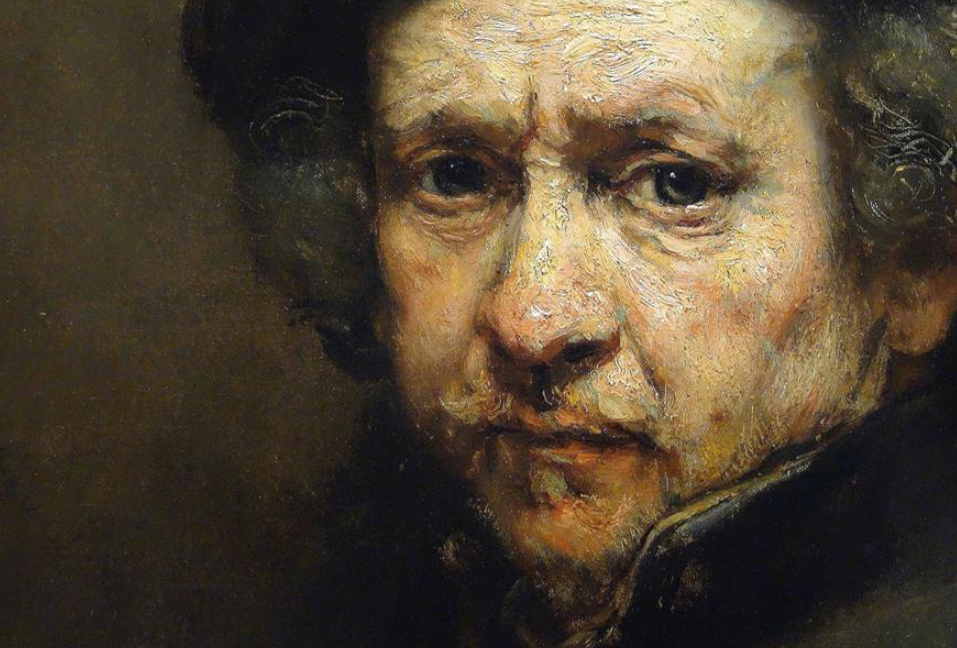Chiaroscuro, the timeless interplay of light and shadow, has captivated artists for centuries. Rooted in the Italian words “chiaro” (light) and “oscuro” (dark), it’s more than a painting technique; it’s a way of evoking emotion, revealing truth, and shaping perception.
In a world increasingly turning digital, I still find magic in traditional art. Chiaroscuro uses bold contrasts of light and shadow to create depth and drama. In my recent candle paintings, I explored this very interplay. The candle, a fragile light source in the darkness, carries profound symbolism across ancient cultures: prayer, remembrance, grief, hope, resilience. Its flickering flame became my metaphor for navigating uncertainty, especially during the shadows cast by the pandemic. These pieces are not just visual reflections, but express something deeply personal—hope in the face of darkness.


The Story Behind the Flame
In 2020, at the height of the COVID-19 pandemic, I had a vivid dream: a single candle burning in a vast, dark space. From a distance, its flame seemed almost hostile—wild, unpredictable. But as I approached, it softened. Its glow became gentle, steady, and serene. The moment I reached out to lift it, the dream ended abruptly, but meaningfully.
That image lingered in my mind. The world outside mirrored the fear and silence of my dream. Every news outlet was flooded with stories of death, isolation, hunger, and despair. The anxiety of protecting my loved ones, of feeling helpless in the face of an invisible threat, felt overwhelming. In retrospect, that dream felt less like a fantasy and more like a signal, a subconscious need to hold onto something luminous, even in the darkest moments.
That’s when I began painting. Not to escape, but to process.



The Candle as Symbol
My candle paintings emerged from that dream, but also something deeper. Through them, I wanted to explore not just the symbolism of the candle or the flame, but how light itself cuts through darkness; how even the smallest flicker can guide us through loss, fear, and uncertainty.
Across ancient cultures and history, candles have played roles in solitary meditations, sacred rituals, vigils, and even romantic moments. A single flame can represent hope, transformation, mourning, peace, clarity, and divinity. It is at once intimate and eternal.
In both of my paintings, I wanted to highlight this duality. The flame and the shadow aren’t opposites; they rely on each other. One gives meaning to the other. Chiaroscuro allowed me to explore this visually and symbolically. The darkness in the background gives shape to the light; the light, in turn, softens and humanises the darkness. It shapes, enhances, and gives soul. It’s a cycle of tension and harmony that reflects the emotional landscape we’ve all had to traverse.
Rather than rejecting darkness, I chose to embrace it as part of the story. The shadows don’t erase the light—they frame it, intensify it, and give it meaning. In this sense, these paintings became personal meditations on what it means to move through pain while holding onto beauty and clarity.
Chiaroscuro: A Brief History
Though the concept of chiaroscuro appeared in early Greco-Roman art, it was during the Renaissance that it became a dominant artistic force. Leonardo da Vinci used it to create lifelike, three-dimensional forms by carefully modulating light and shade. Later, Baroque artists like Caravaggio transformed it into a dramatic storytelling device, spotlighting figures with theatrical intensity and emotional realism. Rembrandt, with his masterful control of light, infused chiaroscuro with psychological nuance, especially in his portraits and etchings.
Interestingly, during the Rococo period, the focus shifted to lighter, ornamental art, and chiaroscuro briefly faded into the background. It resurfaced during Romanticism, as artists sought to evoke awe, inner conflict, and spiritual depth through powerful contrasts of illumination and obscurity.
Even today, chiaroscuro remains a cornerstone of visual storytelling across painting, photography, and film, valued for its ability to convey emotion, tension, and truth.



Why Chiaroscuro and Candles?
Chiaroscuro is all about light emerging from darkness; the candle felt like the perfect subject. For me, using chiaroscuro wasn’t just an aesthetic decision—it was instinctive. The flicker of a candle’s flame in a sea of darkness mirrored the emotional undertones of the pandemic: isolation, uncertainty, fragility—but also quiet strength and endurance. These works aren’t simply studies of light; they’re about what it means to be illuminated from within, even when the world around you feels dim.
In my two paintings, the candles represent more than just a play of light—they embody hope, revelation, and resilience. The abstract acrylic brushstrokes create an aura around the flame, symbolising not only to physical light, but to a deeper, spiritual illumination. In times of crisis and loss, the candle becomes a quiet act of resistance—an emblem of truth, memory, and purification.
Even as the world moves forward, the echoes of the pandemic remain—in our minds, in our routines, in our sense of safety. These paintings are my offering to that collective experience, and chiaroscuro is the language through which I’ve chosen to speak.
See More: My Art and the Language of Light
If this post resonated with you, I invite you to explore more of my traditional artworks under the art category, especially other pieces like Dormant, Trust is a Deception, Soul of a Firestorm, The Mind, and The Mind II, where I’ve continued to experiment with the chiaroscuro technique. Whether working with candlelight, shadows, or symbolic subjects, I aim to translate emotion into image, bridging tradition and modern experience.
